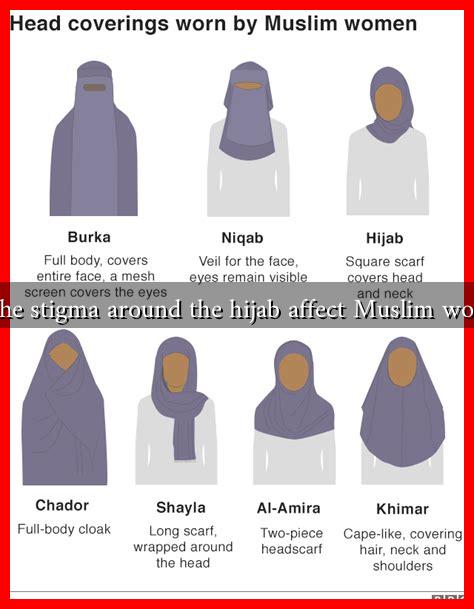-
Table of Contents
How Does the Stigma Around the Hijab Affect Muslim Women’s Lives?
The hijab, a traditional headscarf worn by many Muslim women, has become a symbol of both faith and controversy in contemporary society. While it represents modesty and religious commitment for many, the stigma surrounding the hijab can significantly impact the lives of Muslim women. This article explores the multifaceted effects of this stigma, examining social, professional, and psychological dimensions.
The Social Implications of Hijab Stigma
In many Western societies, the hijab is often misunderstood and misrepresented. This misunderstanding can lead to social isolation and discrimination against Muslim women. The stigma manifests in various ways:
- Social Exclusion: Muslim women wearing hijabs may face exclusion from social gatherings or community events, leading to feelings of isolation.
- Negative Stereotyping: The hijab is frequently associated with extremism or oppression, which can result in prejudiced attitudes from peers and strangers alike.
- Microaggressions: Everyday interactions can be fraught with microaggressions, such as unsolicited questions about their choice to wear the hijab or assumptions about their beliefs.
For instance, a study conducted by the Institute for Social Policy and Understanding (ISPU) found that 67% of Muslim women reported experiencing discrimination due to their hijab. This discrimination can lead to a sense of alienation and a diminished sense of belonging in their communities.
Professional Challenges Faced by Hijab-Wearing Women
The workplace is another arena where the stigma surrounding the hijab can have profound effects. Muslim women often encounter barriers that hinder their professional growth:
- Hiring Bias: Research indicates that Muslim women who wear hijabs may face discrimination during the hiring process. A study published in the journal “Social Psychological and Personality Science” found that employers were less likely to interview candidates with Muslim-sounding names or those who wore hijabs.
- Career Advancement: Even after securing a job, hijab-wearing women may find it challenging to advance in their careers due to biases from colleagues or supervisors.
- Workplace Harassment: Instances of harassment or bullying in the workplace can create a hostile environment, making it difficult for these women to perform their jobs effectively.
For example, a report by the Equal Employment Opportunity Commission (EEOC) highlighted cases where Muslim women faced discrimination and harassment, leading to job loss or forced resignation. Such experiences not only affect their financial stability but also their mental health.
The Psychological Impact of Stigma
The stigma surrounding the hijab can also have significant psychological effects on Muslim women. The constant scrutiny and discrimination can lead to:
- Low Self-Esteem: Continuous negative feedback and societal pressure can erode self-confidence and self-worth.
- Anxiety and Depression: The stress of navigating a world filled with prejudice can lead to mental health issues, including anxiety and depression.
- Identity Conflict: Many hijab-wearing women struggle with their identity, torn between their cultural/religious beliefs and societal expectations.
A study published in the “Journal of Muslim Minority Affairs” found that Muslim women who faced stigma reported higher levels of psychological distress compared to those who did not. This highlights the urgent need for supportive environments that foster acceptance and understanding.
Moving Towards Acceptance and Understanding
Addressing the stigma surrounding the hijab requires collective efforts from individuals, communities, and institutions. Here are some strategies that can help:
- Education and Awareness: Promoting understanding of the hijab and its significance can help dispel myths and reduce prejudice.
- Support Networks: Creating support groups for Muslim women can provide a safe space for sharing experiences and coping strategies.
- Policy Changes: Advocating for policies that protect against discrimination in workplaces and schools is crucial for creating inclusive environments.
Organizations like the Council on American-Islamic Relations (CAIR) work tirelessly to combat discrimination and promote civil rights for Muslim Americans. Their efforts are vital in fostering a more inclusive society.
Conclusion
The stigma surrounding the hijab profoundly affects the lives of Muslim women, influencing their social interactions, professional opportunities, and mental health. By understanding these challenges and working towards greater acceptance and support, society can help empower Muslim women to embrace their identities without fear of discrimination. It is essential to recognize that the hijab is not just a piece of clothing; it is a symbol of faith, resilience, and individuality. As we strive for a more inclusive world, let us celebrate diversity and promote understanding among all communities.

